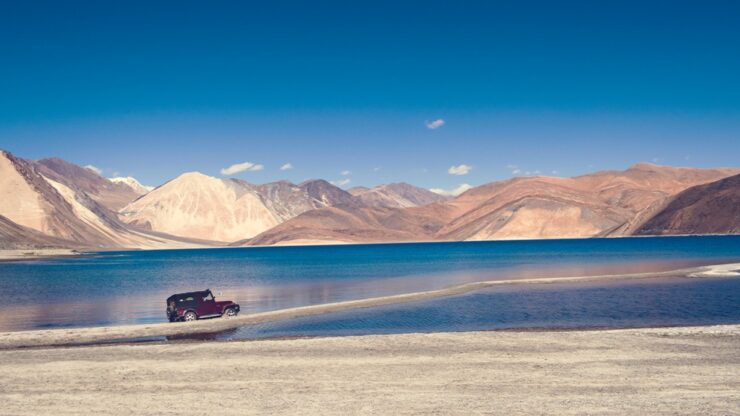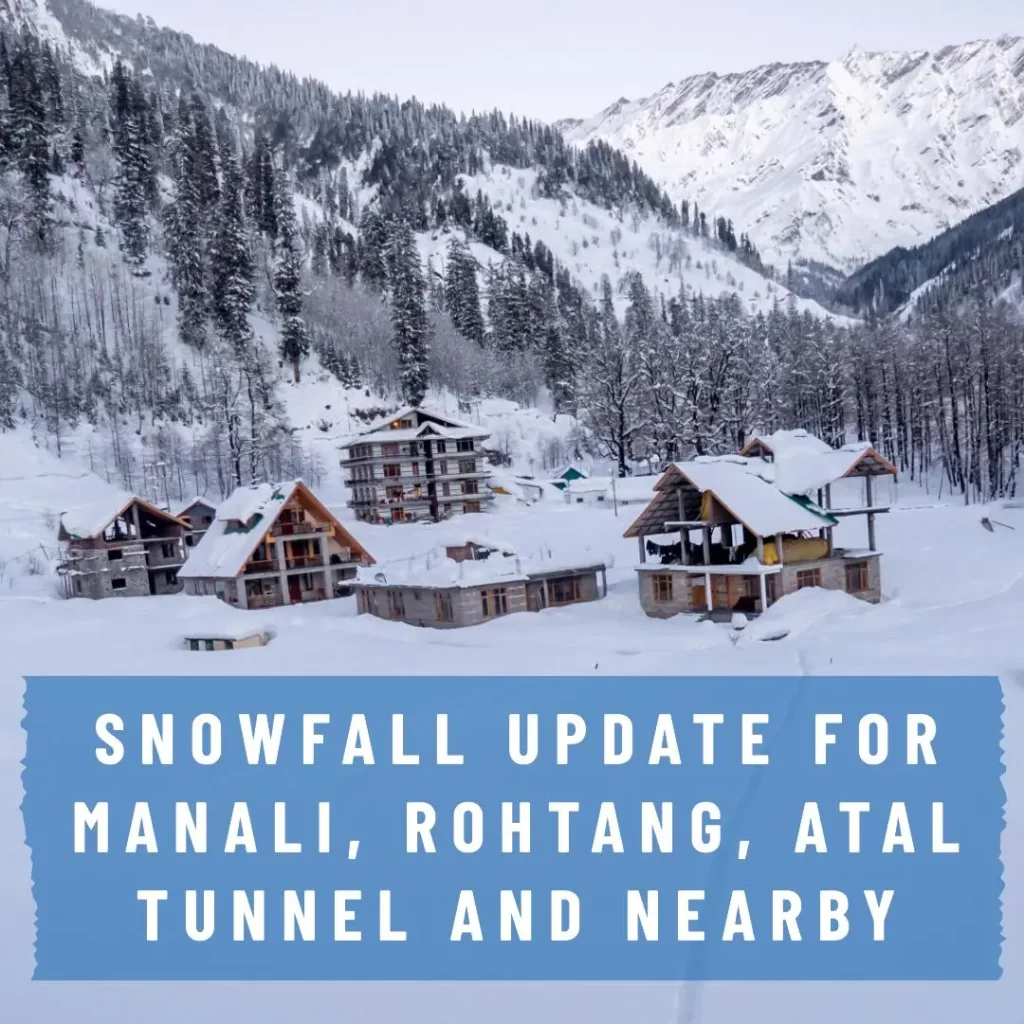About Leh-Ladakh
Ladakh is a newly formed union territory located in the Kashmir region of India. Previously part of the Indian state of Jammu & Kashmir, Ladakh was formally announced as a union territory on 31st October 2019. Stretching from Siachen Glacier, the longest glacier in India, to the Higher Himalayas or Great Himalaya Range, Ladakh is a magical land of its own. Populated by dramatic landscapes, Ladakh is dubbed the world’s coldest desert.
The dominant religion of Ladakh is Buddhism which has given rise to spectacular Gompas (or Tibetan Buddhist monasteries), proudly flying prayer flags and blanched stupas. Ladakh is the only place where you can experience both sunstrokes as well frostbite–all at the same time. It shares a similar culture to Tibet, its neighboring country. The people of Ladakh too are very affable and hospitable to tourists.
Ladakh is one of the best destinations for high-altitude trekking and rafting. If you travel to Leh Ladakh after summer, accessibility by road is somewhat difficult. The route passes are completely sealed from around October to May, and Ladakh is accessible only by air. Chadar trekking activity on the frozen river of Zanskar usually takes place in January towards February.
Most of us are still confused about the differences between these two twin regions, Leh-Ladakh, so here is some help: Ladakh has two districts: District Kargil and district Leh which comprises a popular town, ‘Leh’, and attracts a large number of tourists because of its stunningly lovely monasteries in the vicinity, cool cafes, historic Stupa and Leh Bazaar defining the very culture of the place.
Brief history of Leh-Ladakh
A look at the history of Leh-Ladakh will tell you that Ladakh was first inhabited by the Khampa nomads, who reared yaks. The first group to settle along the Indus River was the Mons who ascended from the region of Kullu, followed by another tribe known as the Brokpas, originally from Gilgit, moving to the west of Ladakh.
Gya is the earliest recorded government of a Mon ruler, also called Gyapacho. About the beginning of the 10th century AD in the region of Ladakh’s history, a nomad group from Khotan unleashed a string of bloody attacks on Ladakh. Gyapacho was able to successfully defy the Khotan nomad’s attack, skilfully guided by Skilled Nimagon, the descendant of Kin Tibet. Gyapocho bequeathed him the unoccupied Shey and Thiksey village as a token of appreciation for his help. Nimagon acceded to the throne and established the first kingdom of Ladakh with Shey as the empire’s headquarters, and raised a fort there. Later, he annexed the entire Ladakh region and became its unvanquished master.
Skilled Namagon’s reign between 975 and 1000 AD turned out to be the golden era. The period between 1000 and 1500 AD witnessed several kings ruling in succession, who greatly patronized art and architecture. They built grand palaces and spread religious activities among their subjects.
The dawn of the 19th century marked the end of the Mughal empire in Ladakh, and the Sikh rulers took over with Punjab and Kashmir as their headquarters, though the Dogra region of Jammu mostly remained with the Rajputana kingdom, the most famous of whom was Maharaja Gulab Singh with his general Zorawar Singh entering the region in 1834.
With the overthrow and exile of King Tshespal Namgyal to Stok, Ladakh was brought under Dogra rule and annexed into Jammu and Kashmir regions in1846. It however maintained autonomy and strong ties with Tibet. The Sino-Sikh war between 1841 and 1842 proved pivotal in the history of Ladakh when it was attacked by the Qing Empire which brought the Sino-Tibetan army to its feet.
The Dogra warrior-general Zorawar Singh attacked Ladakh in 1834. However, King Dorjay Namgyal of Ladakh resisted the attack at Mulbek for a brief period before eventually surrendering to the Dogra attack. Ladakh came under the rule of Gulab Singh and his Governor. A period of unrest followed when Ladakhis fought a bloody civil war to reclaim the freedom of their land. This period of bloodshed came to an end when the British started to control the whole of North India. Ladakh was integrated into the newly constituted state of Jammu and Kashmir.
Planning a 4-day trip to Leh Ladakh from Delhi
Overview
So, are you ready to discover the beauty of hills and capture those ephemerally fleeting moments at Leh-Ladakh? Planning a 4-day trip to Leh-Ladakh will allow you to tour the city of Leh. You can visit all the Buddhist pilgrimage sites, and enjoy touring the Shanti Stupa, a prime destination for spirituality and photography. Do not miss out on visiting the Thiksey Gompa and the Khardungla top, one of the world’s highest motorable roads. Another highlight of the tour is Pangong Lake, the world’s highest saltwater lake.
Day 1: Delhi – Leh
Catch an early morning plane from Delhi to Leh. Arrive at Kushok Bakula Airport in Leh. Check in at your hotel. Take a rest in the hotel to acclimizatize with the high-altitude conditions. When the sun hits low, take a walk to the local bazaar leading to the Shanti Stupa, which is splendidly moonlit at night. Spend the night at the hotel
Day 2: Leh – Khardungla – Leh
After finishing your breakfast, head to the Khardongla Pass. A drive to the picturesque pass would take you through the several sharp winding roads. In the afternoon, visit the main tourist destinations in the region such as the Sangam of Indus, Magnetic Hill, River Zanskar, and Thiksey Monastery, highly popular for its Maitreya Buddha, which is 49 ft tall, in the lotus position, and covers its two floors. Overnight stay at the hotel.
Day 3: Leh – Pangong Lake – Leh
Enjoy breakfast; as, in the morning, you can visit Lake Pangong, one of the most fascinating lakes in the entire Leh region. If you have some time left, you may check the native products at the bazaar in Leh. Reach the hotel in the evening, and stay overnight after an exhausting day.
Day 4: Leh – Pangong Lake – Leh
Get up early in the morning, and travel to Kushok Bakula airport to onboard the return flight to Delhi.
There are several compelling reasons to visit Leh-Ladakh. From the lush verdant valleys to the picturesque lakes including Pangong Tso, Ladakh delightfully abounds in natural beauty. A spectacular, superb, and magic-like landscape transforms Leh-Ladakh, India’s most popular cold desert, into an unbelievably lush pasture.

